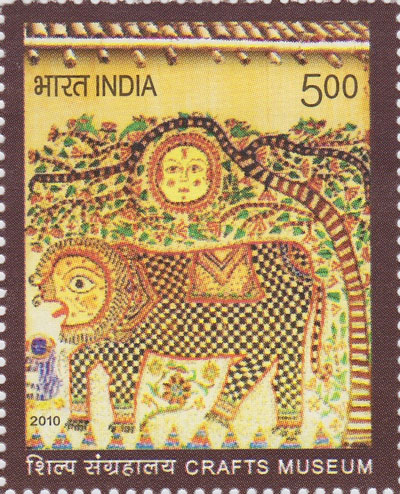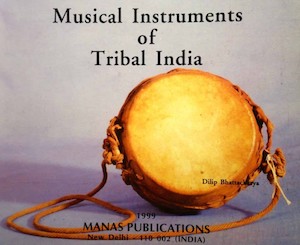SURAT: Even as the government spends crores on promoting tourism, its most ancient folk culture is dying a slow death. Within villages around Dang, traditional instruments and artists are waning.
Cultural music and dance forms among the adivasis have evolved over centuries. Beautified by elements and nuances of their surroundings, these forms depict their very lifestyles. Played for hours together in the same tempo, music is an integral part of celebrations and mourning.
Vikram Chaudhari, associate professor in P R B Arts and P G R Commerce College at Bardoli who has closely observed adivasi culture and has documented it for University Grants Commission, said, “Unique instruments like ‘tingri, pavri, kahel, tarpu, nal dholak, change dhol, nagri, kikri’ with their distinct sound are prepared from natural elements like wood, bamboo, gourd, plants, animal horns, feathers, leather etc. They are considered divine.”
Each instrument has a purpose and belief related to it and they call for agile fingers, sturdy nails and strength of breath. Chaudhari who hails from Padamdungri, mentioned how the playing of Dera – exclusively a woman’s art – is now almost non-existent. Made out of a mud pot, decorated with flowers and limestone caricatures, it has two teak leaves through which a strong string of natural vine is passed and fixed tightly onto a long peacock feather. When played, this instrument produces the sound like that of a tiger.
Traditionally, during Vagh Baras, the women would take such Deras to the outskirts and call upon a tiger by playing it. Only after an actual tiger would come and touch its tongue to the Dera, would it be taken across every home in the village playing out the tune to a song especially penned for it. This would go on for a week until Bhai Duj. […]
Source: “The ailing art of adivasi music” by Ashleshaa Khurana, Times Of India, Jan 30, 2014
Address : http://articles.timesofindia.indiatimes.com/2014-01-30/surat/46826928_1_dera-instrument-tiger
Date Visited: Sat Feb 08 2014 19:23:32 GMT+0100 (CET)
[Bold typeface added above for emphasis]
Tribal communities of Gujarat: Bhil, Chaudhari, Dehwali, Dhodia, Gamit, Kathodi, Kolgha, Kotwalia, Kunkna, Padhar, Warli [Varli] | In-depth research >>

wildlife tourism and conservation policies >>
When your neighbour is a tiger | People’s Archive of Rural India
People living near or within the forest in the Bandipur National Park and the Sundarbans revere as well as fear the tiger. Their proximity to tigers, leopards, crocodiles and other big animals often causes violent confrontations, but it has also inspired myths and conservation. Here are PARI’s tales from tiger territory >>

Musical Instruments of Tribal India
by Dilip Bhattacharya >>
See also
Audio | Santali Traditional and Fusion Songs: Ghosaldanga Bishnubati Adibasi Trust – West Bengal
Crafts and visual arts | Masks
India’s tribal, folk and devotional music: Secular and ceremonial songs
Memory of the World Programme – Unesco
Music and dance | Musicology | Adivasi music and the public stage by Jayasri Banerjee
Video | Banam lutes and fiddles of the Santal people – Jharkhand & West Bengal
Video | Celestial Dancers of Manipur
Video | Cultural traditions of the Halakki people – Karnataka
Video | Khasi musical heritage of Meghalaya
Video | Kota women’s dance: Shivaratri celebrations – Nilgiris – Tamil Nadu
Video | Santali video album “Ale Ato” (Our Village, Part 1 of 2) – West Bengal
Video | South Gujarat tribal music documentation by Bhasha – Gujarat
Video | Tribes in Transition-III: “Indigenous Cultures in the Digital Era”
Video | Safe contents for educational use on many topics (music, visual arts and more)
Research the above issues with the help of Shodhganga: A reservoir of theses from universities all over India, made available under Open Access >>